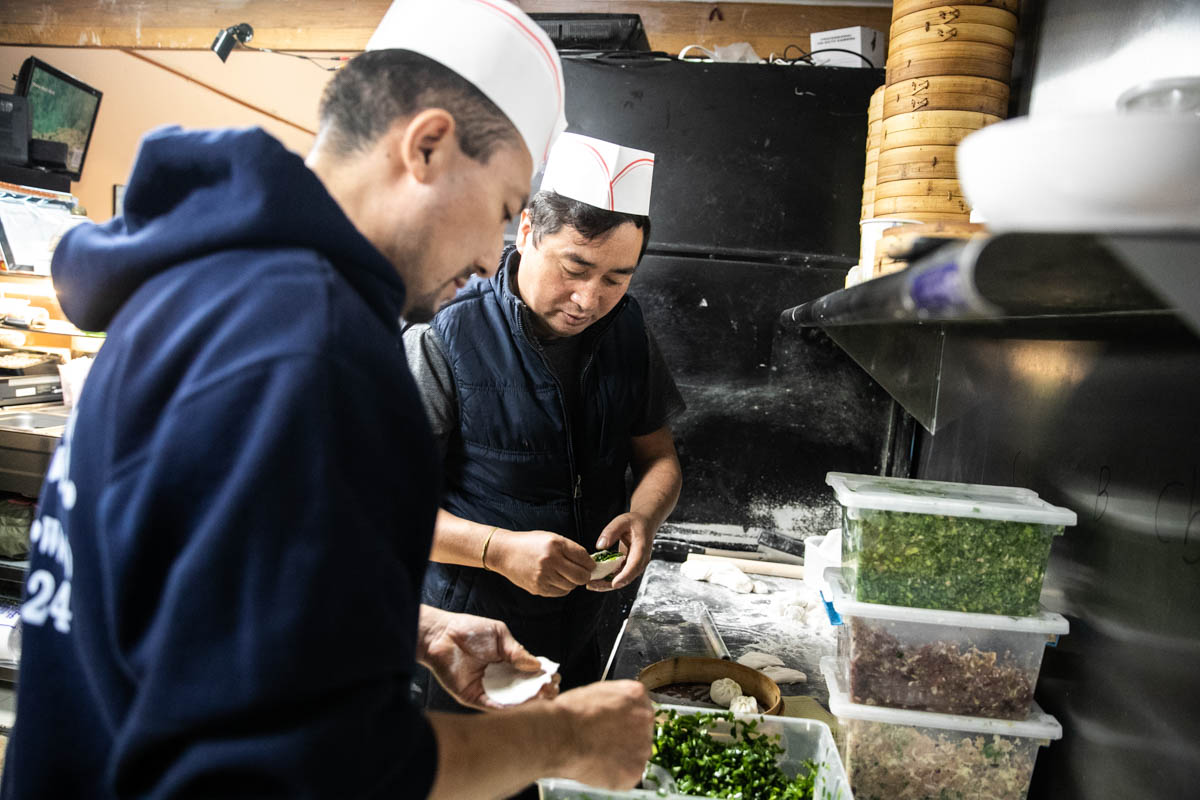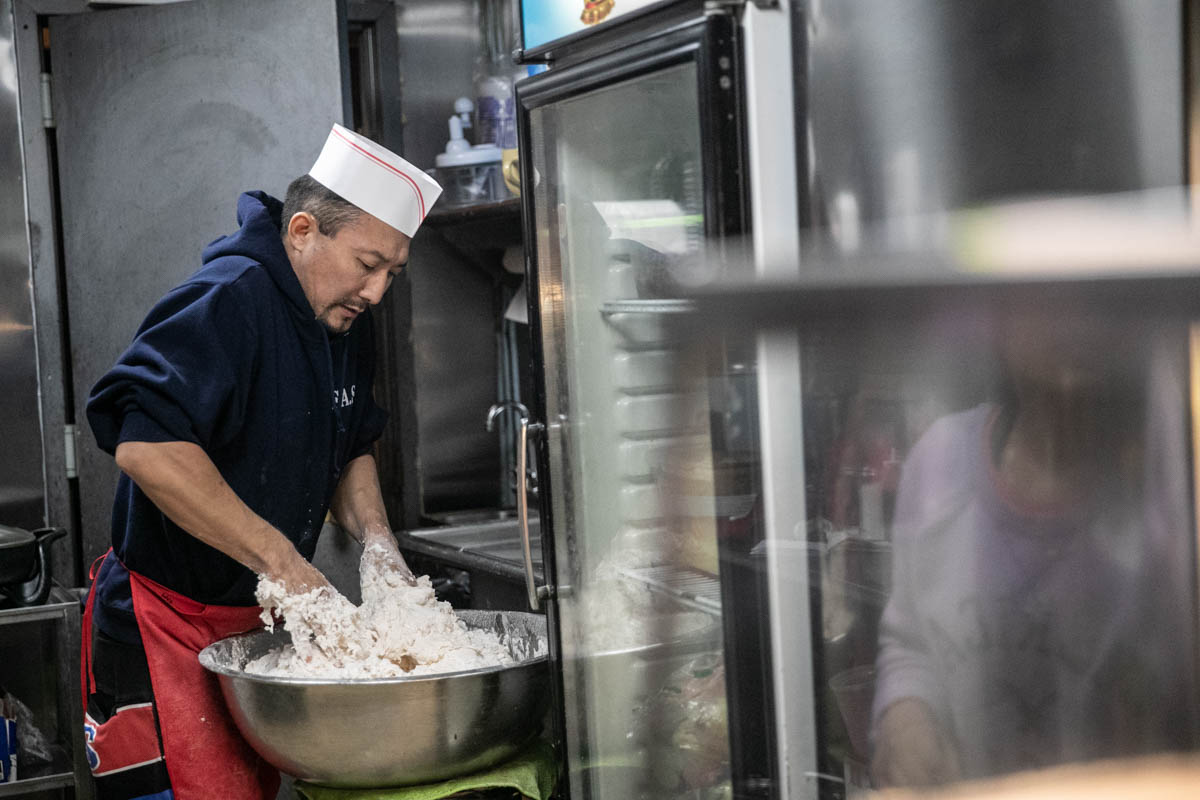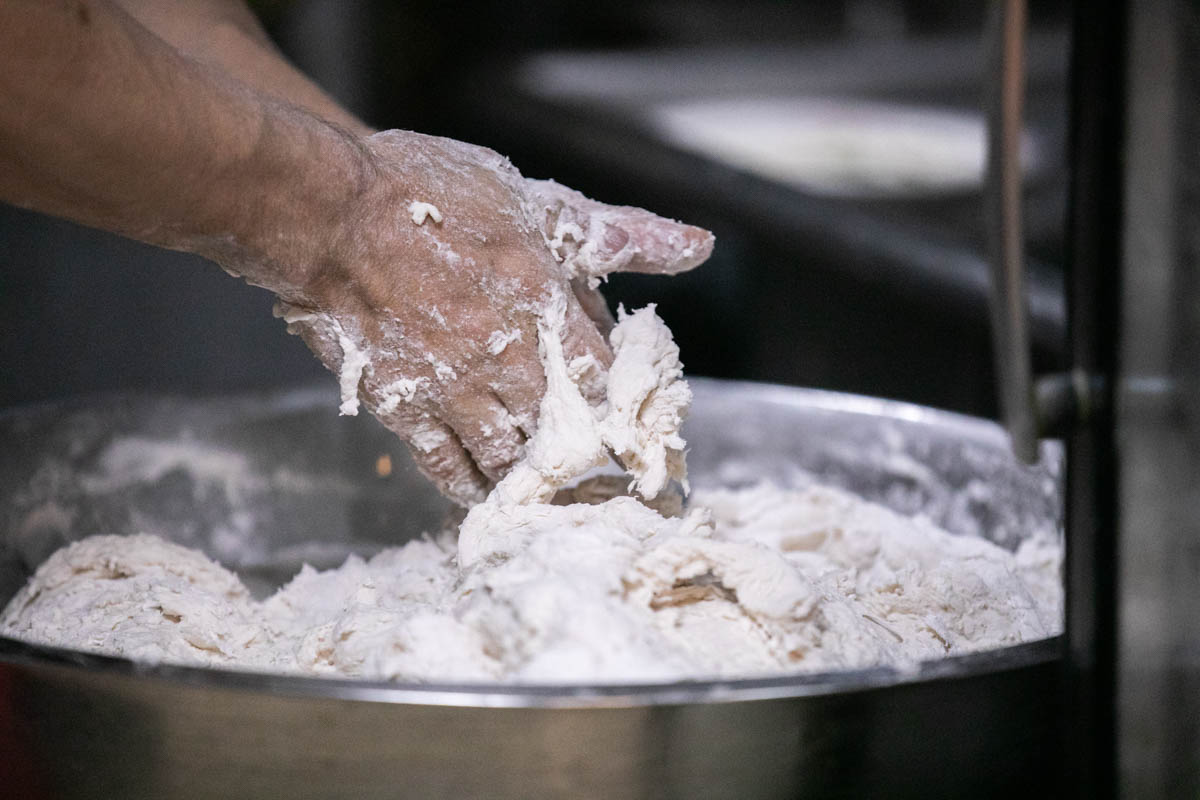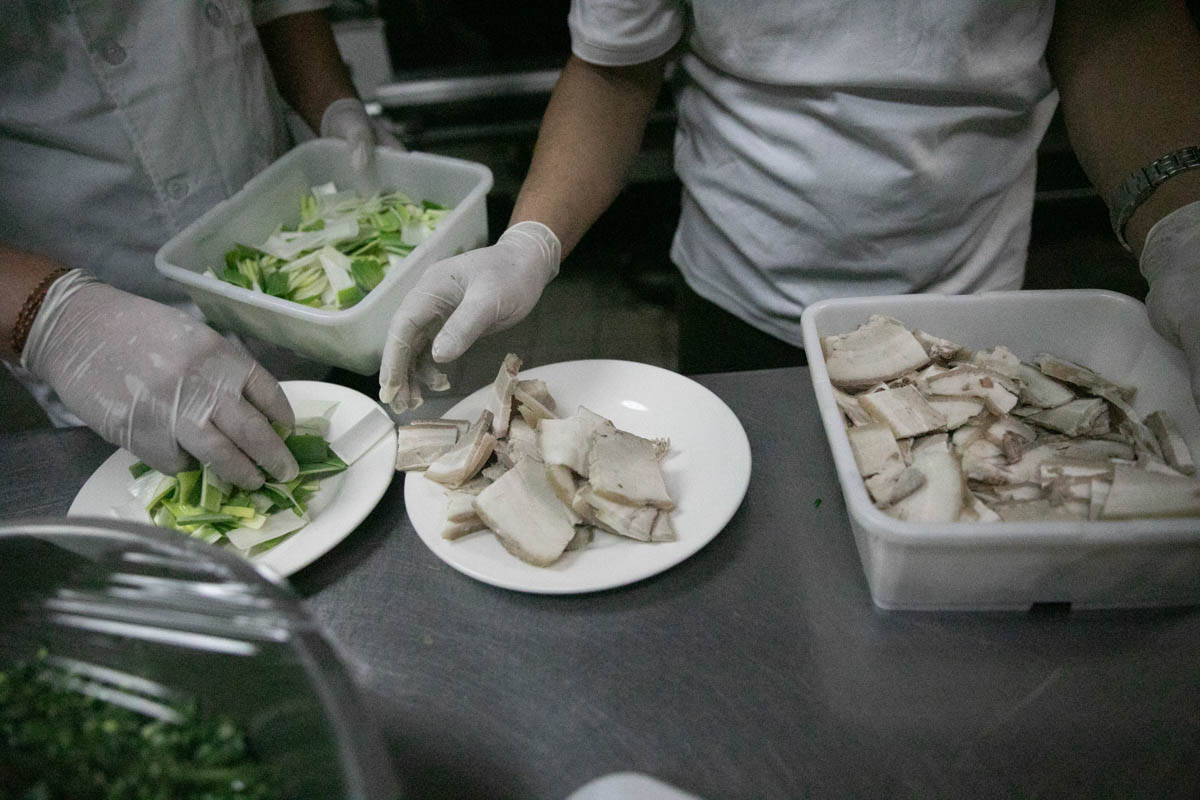On February 5, Tibetans celebrate Losar, the lunar new year, ushering in the year of the pig. As is customary for such events, ceremonies meant to cleanse the upcoming year of negativities are accompanied by extravagant feasts for large crowds, featuring delicious Tibetan staples like momo (dumplings) and thenthuk (hand-pulled noodles) that have come to be devoured worldwide, including in the West, where my own family lives.
The global rise of Tibetan cuisine, like that of Tibetan Buddhism, began with the fall of Tibet. Following China’s invasion of the Himalayan kingdom, scores of Tibetan refugees fled into Nepal and India in the 1950s and ’60s, bringing nothing but their resilience and recipes.
One beloved representative of Tibetan cuisine—the momo—debuted in the United States in 1982, when Phintso and Pema Thonden, refugee diplomats dispatched by the Tibetan government-in-exile, opened Tibet Kitchen in Manhattan’s Curry Hill district, not far from the United Nations. By day, Mr. Thonden was the Dalai Lama’s political ambassador, toiling at his desk in the Office of Tibet. By night, the Thondens were introducing UN diplomats and ordinary New Yorkers to Tibetan dishes.
Tibetans trickled into America in those years, some seeking to import the dharma and others hoping to export political assistance. A decade later, Congress included special legislation for “displaced Tibetans” in the Immigration Act of 1990, turning the trickle into a wave. One thousand Tibetans were selected through a lottery to resettle in America. (Luckily, my mother was one of the winners; unluckily, she was resettled in Minnesota, a state whose notorious winters make the Himalayas seem like the Bahamas).
These Tibetan “pilgrims,” who had traveled an even more distant and tortuous route than the original Mayflower passengers in search of refuge from persecution, are responsible for proliferating Tibetan culinary delights throughout the land—from Boston to Berkeley, Madison to Minneapolis, Seattle to San Francisco. Today, New York City alone boasts some 40 Tibetan eateries, most of them clustered in Jackson Heights, Queens, where cafés and food trucks animate the sleepless streets. Here, I introduce you to some of my favorite Tibetan foods, served during new year festivities and beloved all year. Happy Losar!
Momo (Handcrafted meat or veggie dumpling)
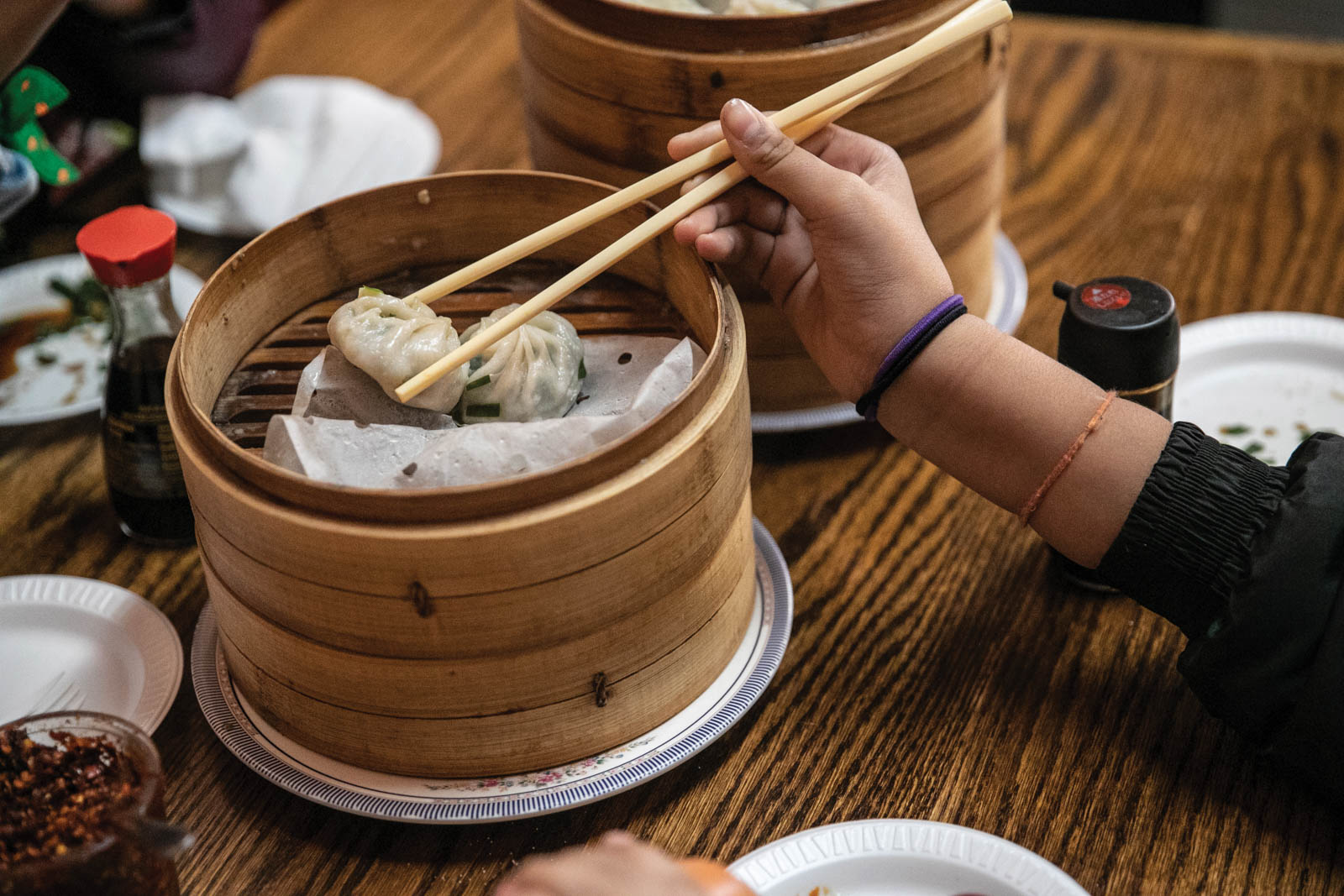
Few things can warm the soul on a cold night in early spring like a plate of steaming momos. There was a time when momos were a rare fare for an ordinary Tibetan family. Ingredients were precious and scarce, and recipes labor-intensive: one person to mince the meat, a second to mix the ingredients, a third to knead the dough—and that’s only half way there. You’d then flatten a small piece of the dough, place some filling at the center, and gently persuade the edges into unity, as if building consensus among the ingredients. Finally, the momos would go in the steamer for 12 to 16 minutes, depending on the type of filling and thickness of skin. Whew! The collective nature of its production, though, unfailingly transformed the mundane labor into an elaborate ritual of social bonding. Adults did the heavy lifting in the momo-making enterprise, while children were welcomed as observers, and, eventually, apprentices.
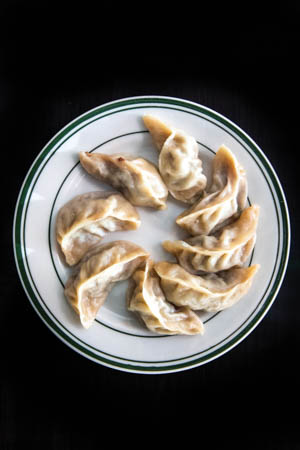
Tibetans, Mongolians, and Bhutanese insist upon the robust beef momos, while Indians and Nepalese settle for chicken momos in deference to religious considerations. Momos drowned in a sea of red and yellow sauce adds a Kathmandu twist—one of several adaptations the momo has undergone in its long and fabled history. Vegetarians sometimes feel marginalized in Tibetan restaurants, but at Little Tibet in Jackson Heights, you can enjoy the delicious (and healthy) kyutsel momo, made simply with chives, olive oil, and flour.
Several communities claim this dish, and Tibetans and Nepalese occasionally get into heated debates over which side of the Himalayas this jealously loved dumpling originated from. According to the historian Jamyang Norbu, the momo may go back to 13th-century Persia and Khorasan, whose resident Mongol khans (managers of the largest land empire in history) leaked it to the Tibetans.
(A word of caution: if you devour too many momos in one sitting, you may get what is known as the momo burp, which sounds a lot more innocent than it smells.)
Thenthuk (Hand-pulled noodles)
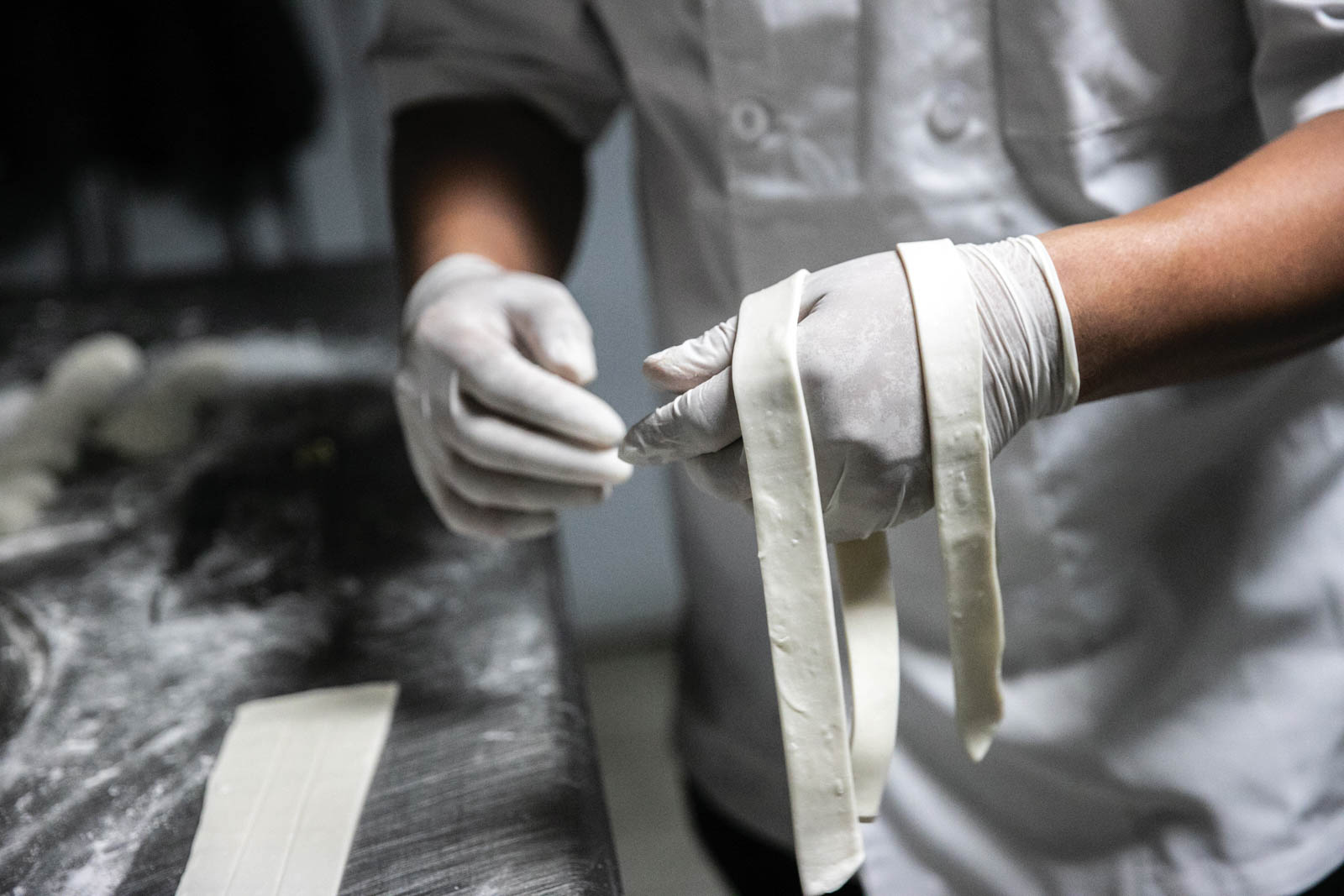
Thenthuk, hand-pulled soup noodles, emerged as the perfect comfort food in the windswept frontier towns along the Sino-Tibetan tea route. Originally from Amdo—the region of northeastern Tibet that is home to the Dalai Lama, the savant Gendun Chophel, and the scholar Tsongkhapa, founder of the Gelug school of Tibetan Buddhism—thenthuk can be anointed “the food of the poet-scholar” in my opinion, not least because it is fast and easy to cook.
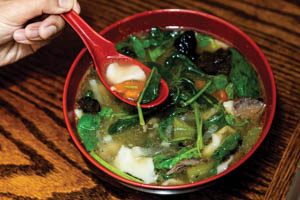
Then- means “to pull,” and –thuk means “noodles.” It’s not a super creative name, but the Amdos reserved their creativity for poetry. They didn’t squander it on trivial enterprises like naming dishes.
You can find comfort in a hot bowl of thenthuk at any Tibetan establishment, and both vegetarian and non-veg variations are sensational. Some restaurants also serve mothuk, which is—you guessed it!—momos swimming in thenthuk broth. Chef Jigme of the restaurant Böd: Himalaya conjures up a fried version of thenthuk, which is divine, especially when consumed hot off the wok.
Drokgyu (Nomad meat sausage)
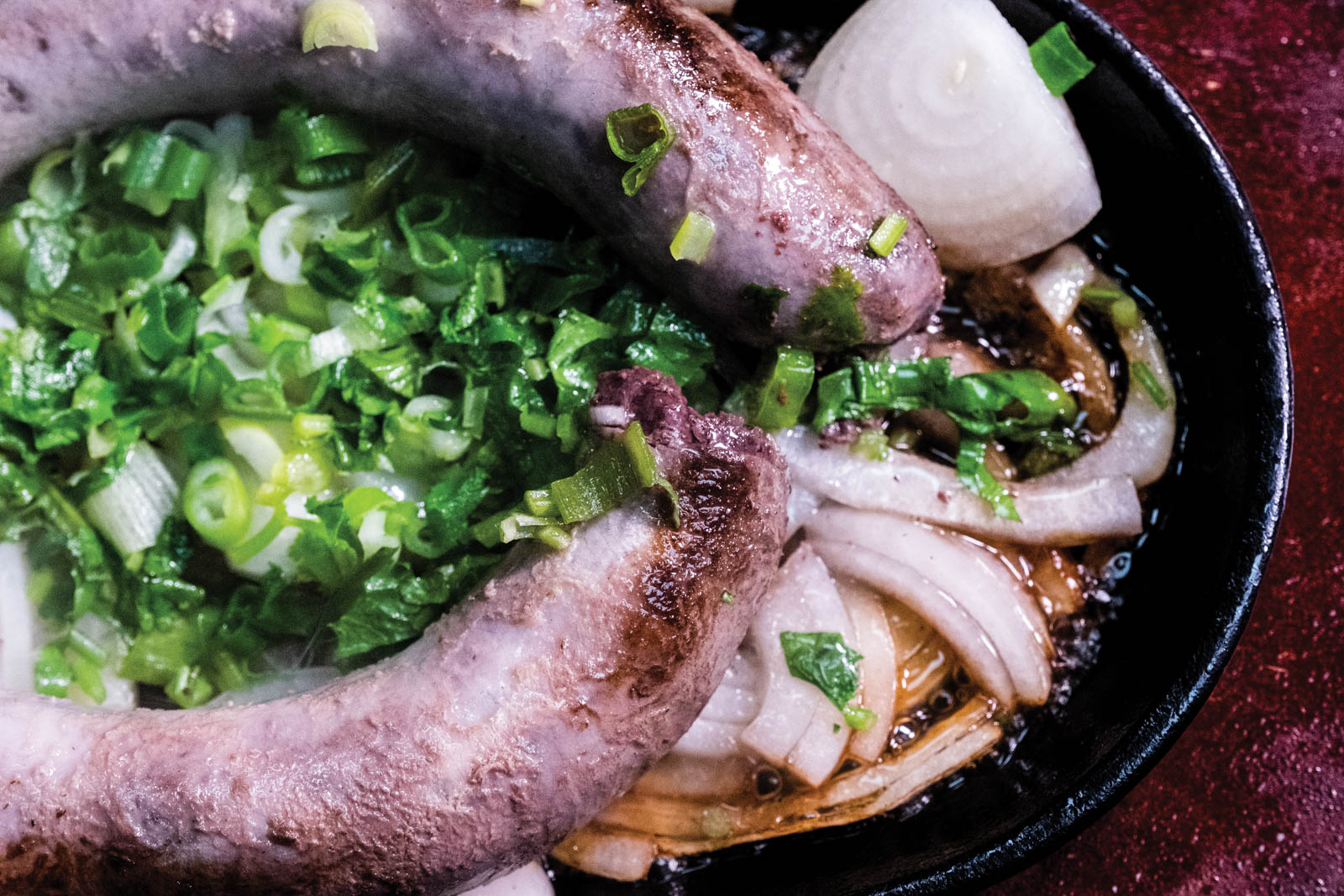
The drokgyu is a Paleolithic-style sausage popular among the nomads of Tibet, whose Denisovan ancestors populated the plateau some 40,000 years ago.
The dish recently arrived in New York thanks to Chef Jigme, who grew up as a nomad in Labrang, the site of one of the greatest monasteries in eastern Tibet and also a hotbed of Tibetan resistance. Like many others of his generation, he escaped to exile in Dharamsala, India, where he ran a wildly popular restaurant for ten years before moving to New York.
This king of all sausages is stuffed with beef, blood, Sichuan pepper, onions, and salt. “It is a sine qua non of every nomad family on Losar,” says Rinchen, a former nomad who eats here every day.
Pork Chili / Paneer Chili
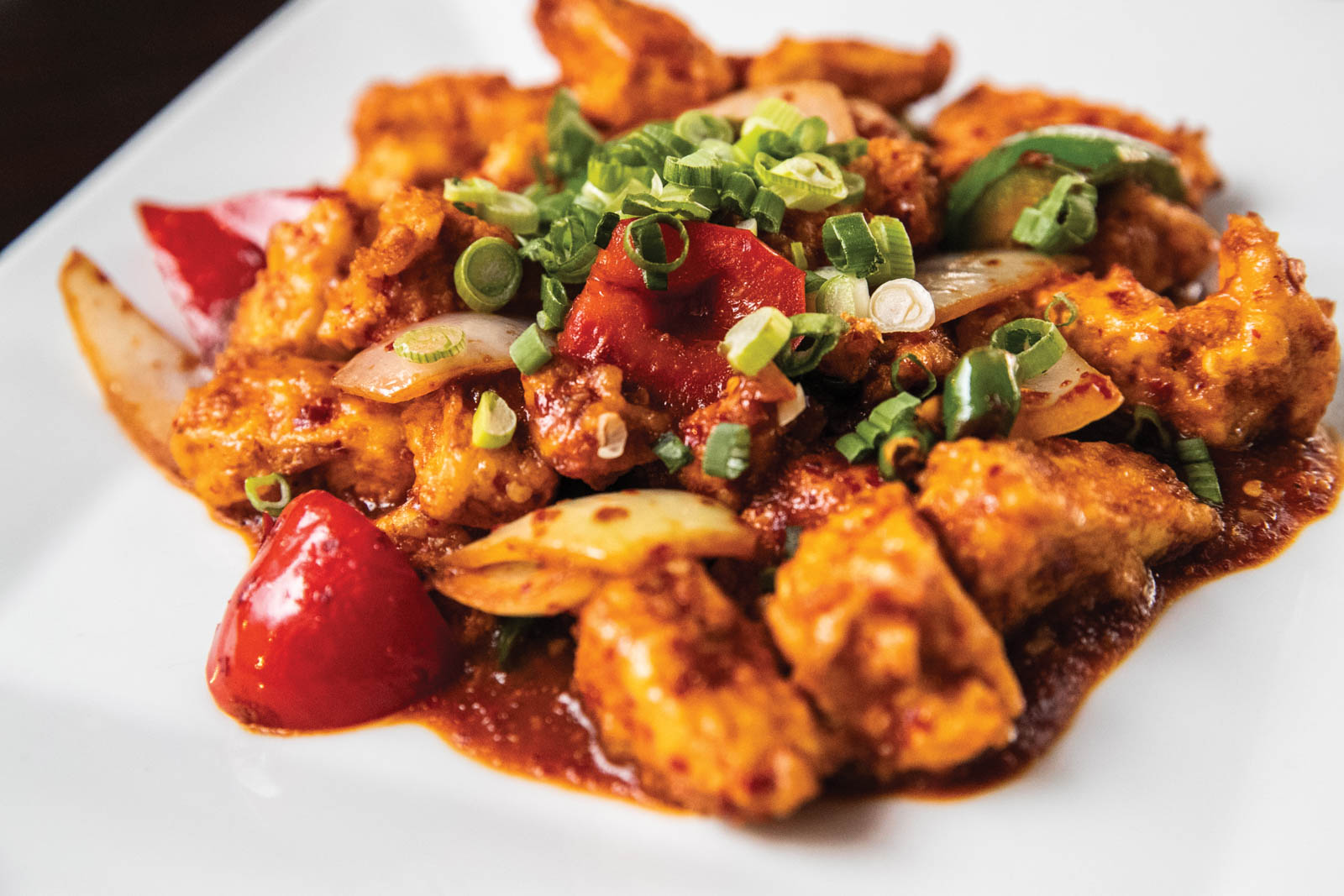
Pork chili is immensely popular, especially among those of Nepalese, Sherpa, and Bhutanese heritage. It is made with slices of double-fried pork belly, green chili, black bean sauce, sweet flour sauce, bell peppers, and Sichuan peppers. The tingmo, a steamed plain dumpling, usually flies as the carb wingman to this all fat-and-protein adventure.
The vegetarian avatar of this fare is the paneer chili, known as chura khatsa in Tibetan and Bhutanese. Paneer is Hindi (and originally Persian) for the un-aged farm cheese used pervasively in India and used extensively in modern Tibetan and Himalayan cuisine.
After your meal, I recommend a cup of chai. This spiced Indian milk tea turns out to be the perfect antidote to—or refuge from—the infamous momo burp you’re about to have.
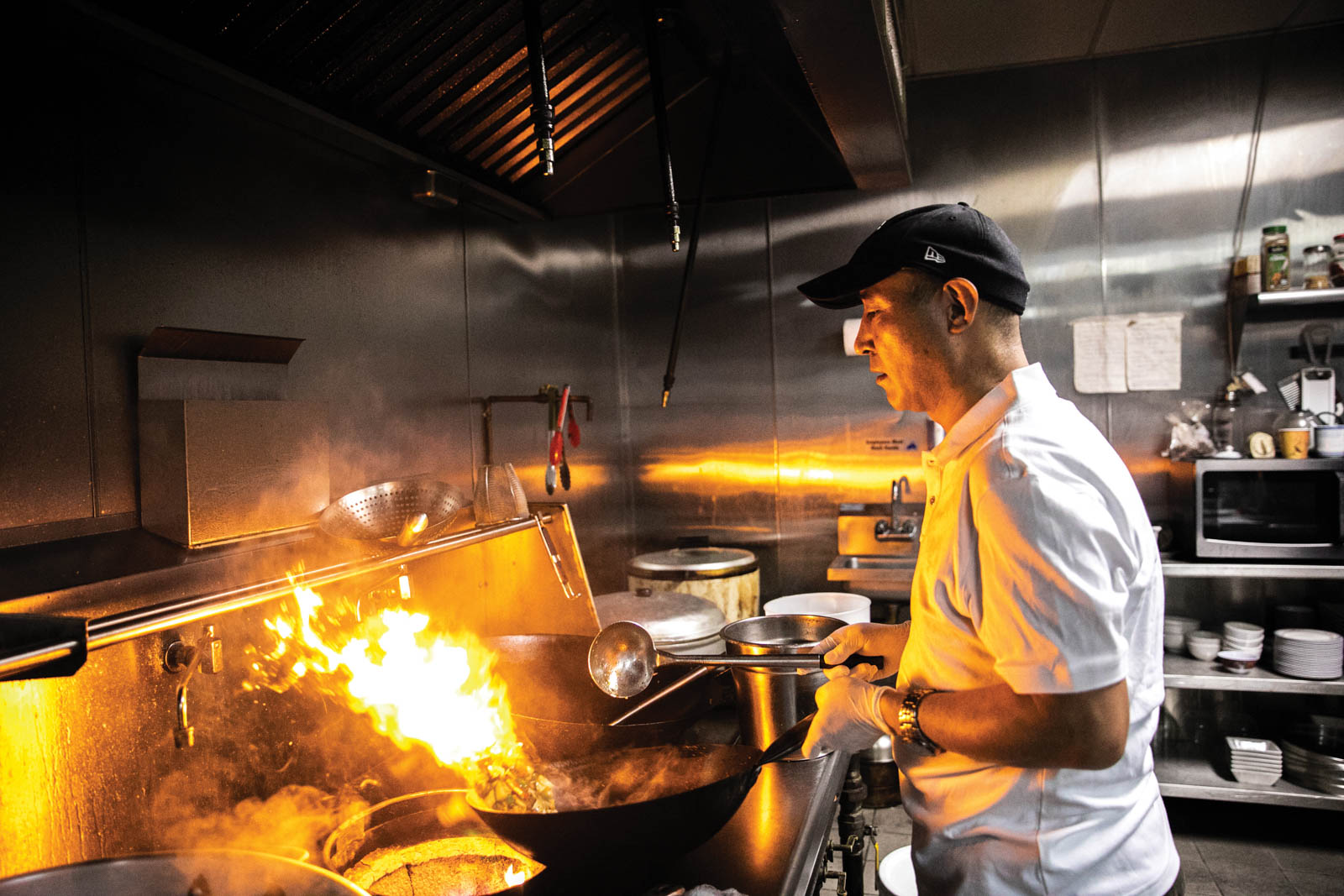 Chef Jigme
Chef Jigme
